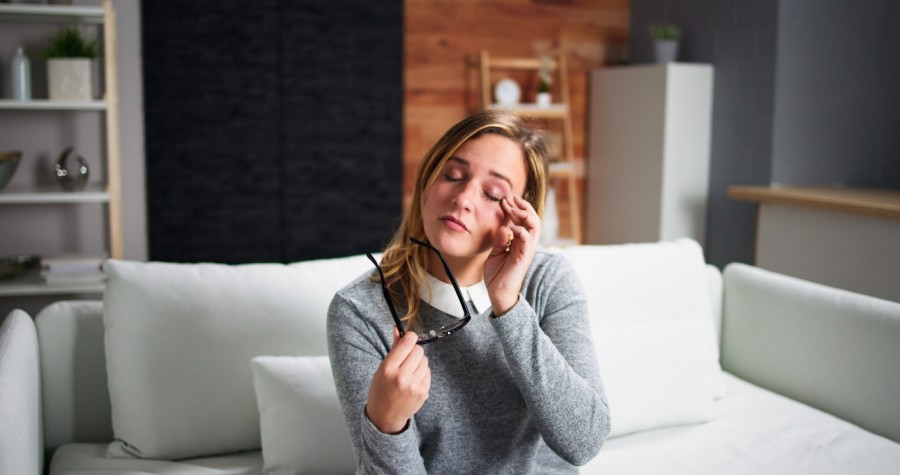Free shipping for orders over 39.00€
Chalazion (“Stye”): Causes, Symptoms, and Treatment

A chalazion—often called a “stye”—is a small, usually harmless lump that appears on the eyelid. While it can be concerning because of the discomfort and appearance, it’s a common condition that can often be managed easily with proper care.
What Is a Chalazion?
A chalazion is a cyst that forms on the eyelid when the oil (meibomian) glands along the eyelid margin become blocked due to chronic inflammation.
It can be:
-
Internal – on the inner side of the eyelid
-
External – on the outer surface of the eyelid
Chalazia are more common on the upper eyelids, where oil glands are more numerous.
Common Symptoms
You may have a chalazion if you notice:
-
Redness, tenderness to touch, swelling, and pain in the eyelid
-
A small lump on or near the eyelid margin
-
Eye irritation and watering
-
Light sensitivity
-
Discomfort when blinking
-
Pus in the center of the lump
-
Slight eyelid swelling or a “heavy” feeling
-
Occasionally, blurred vision if the lump presses on the eye
How Long Does It Last?
A chalazion may disappear within a few weeks with simple home care. In some cases, it can persist for months or leave a small residual lump. While often painless, it can cause cosmetic concerns or interfere with vision.
Treatment & Home Care
The main approach is conservative management, focusing on eyelid hygiene and local treatment:
1. Warm Compresses
Soak a clean cloth in warm (not hot) water, apply to the eyelid for 5–15 minutes, and repeat 3–4 times daily. Use a clean cloth each time.
2. Gentle Massage
After applying a warm compress, gently massage the eyelid with a cotton swab or clean fingers, applying mild to moderate pressure to help unclog the gland.
3. Eyelid Hygiene
Clean the eyelids daily with specialized eyelid cleansers (e.g., Naviblef or Optofresh foam) to reduce bacteria and oil buildup.
4. Ointments or Eye Drops
Use only under a doctor’s advice. If warm compresses aren’t enough or there’s significant inflammation, an ophthalmologist may prescribe an antibiotic ointment and, in some cases, a steroid (always with medical supervision).
What to Avoid
-
Do not squeeze or pop the chalazion — it increases the risk of infection.
-
Avoid eye makeup until it’s fully healed.
-
Never use steroid eye drops or ointments without a doctor’s guidance — improper use can lead to serious complications like glaucoma or cataracts.
Can Chalazia Recur?
Yes. Any meibomian gland can become blocked again, and people with eyelid inflammation (blepharitis) have a higher risk of recurrence.
When to See a Doctor
Seek medical advice if the chalazion:
-
Doesn’t improve after 2–3 weeks
-
Grows larger or becomes painful
-
Keeps coming back
-
Affects your vision
In some cases, a small surgical procedure may be required to remove it.
Bottom Line
A chalazion is usually not dangerous, but it can be irritating. With patience and proper care — especially warm compresses and good eyelid hygiene — most will resolve on their own. Early treatment can speed up recovery and prevent complications.






